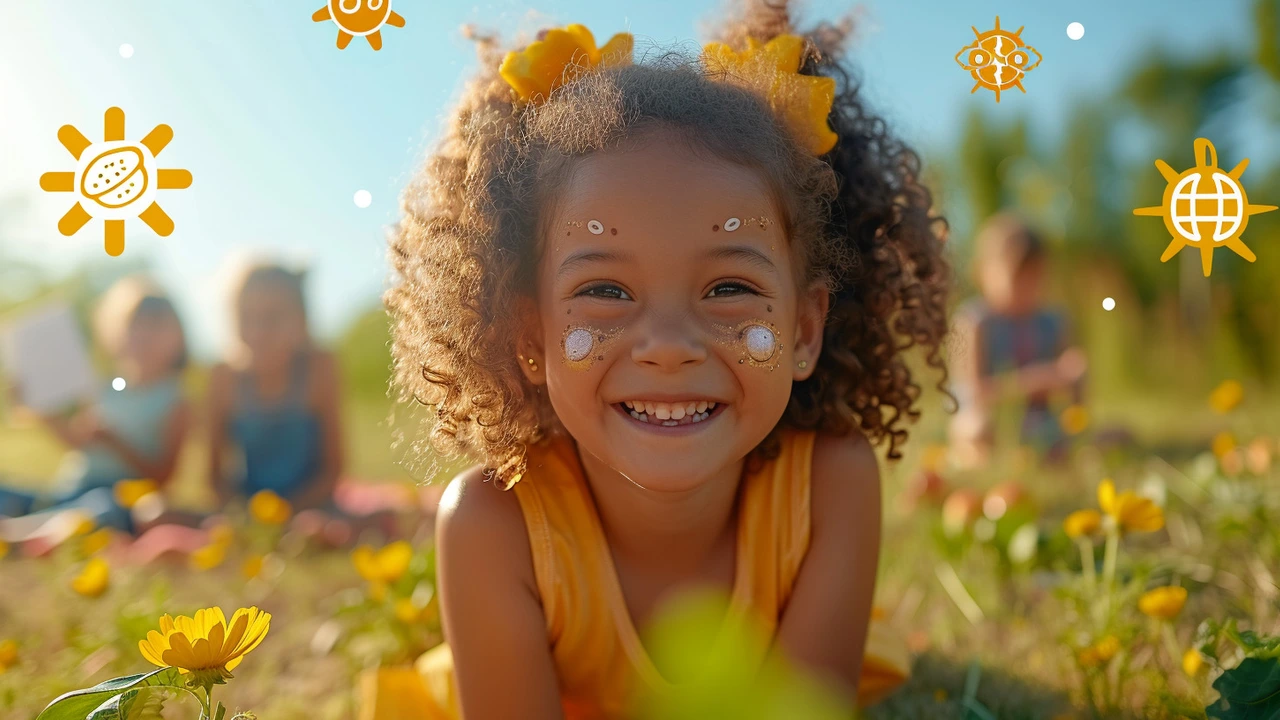Health Benefits of Dancing: Move for Better Body and Mind
Dancing is one of the simplest ways to get both your body and brain working—and it doesn’t need special gear or a gym. Ten minutes of dancing to a favorite song can lift your mood, boost circulation, and help you breathe deeper. It’s fast, flexible, and fits into busy days.
What dancing does for your body
Dance is aerobic activity: it raises heart rate, strengthens the lungs, and burns calories. Styles that mix footwork and turns also build balance and coordination, which lowers fall risk as you age. Regular dancing tones leg, core, and even arm muscles without heavy lifting. For people recovering from stiffness or injury, gentle dance steps improve mobility and range of motion when done with care.
Beyond muscles and cardio, dancing helps posture and joint health. Moving through varied steps keeps joints lubricated and can reduce stiffness. Wear supportive shoes and choose smooth surfaces to protect knees and ankles. If you have a chronic condition, start slow and check with your provider before trying new moves.
What dancing does for your mind
Dancing triggers quick mood changes. Music plus movement releases feel-good chemicals like endorphins and dopamine, which ease tension and lift energy. Dance also lowers stress hormones—so it can be a fast reset during a rough day. For people with anxiety or low mood, short, regular sessions often feel more doable than long workouts.
Dance challenges the brain. Learning choreography, remembering sequences, and reacting to rhythm strengthen memory, attention, and mental flexibility. A long-term study of older adults found that regular social dancing was linked to lower rates of dementia than many other leisure activities. That kind of mental workout matters as we get older.
Dance is also a form of self-expression. Moving to music helps people process emotions without needing words. That’s why dance shows up in creative arts therapies—if you’re curious, see our piece "Unlock the Healing Power of Creative Arts Therapies for Better Mental Health."
Practical tips to get started: pick music you enjoy, start with 10–20 minutes, and add 2–3 sessions per week. Try a free online class or an in-person beginner session. Mix steady-paced styles (salsa, waltz) with higher-energy options (hip-hop, Zumba) to vary intensity.
Want recovery tips? Pair dance with gentle massage or stretching after sessions to ease tight muscles—check articles like "Sports Massage: Boost Your Endurance the Practical Way" for recovery ideas that fit dancers.
Small habit, big payoff: make dancing a quick daily habit—morning warm-up, kitchen cleanup boogie, or a short evening routine. It costs nothing, can be social, and helps your body and brain in straightforward, measurable ways. Try it for two weeks and notice which part of your health shifts first—energy, mood, or confidence.

Health Benefits of Dancing: Fun and Fitness Combined
If you're wondering how to combine fun and fitness, let's talk about the health benefits of dancing. As a dance enthusiast, I've discovered that this practice not only brings joy to the heart but has numerous physical benefits too. From boosting cardio health to toning muscles, dance can be a fantastic workout. What's more, it enhances mental health by reducing stress. So, from my point of view, adding some rhythm and steps to your routine can be a game-changer for overall wellbeing.



